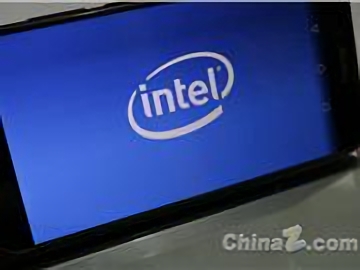This article analyzes the performance of Intel Gaudi AI accelerator in the third quarter of 2024 financial report below expectations. Intel CEO Pat Kirsinger admitted that the overall adoption of Gaudi products was lower than expected and the $500 million revenue target failed to be achieved. This is mainly attributed to the transition from Gaudi2 to Gaudi3 and the software ease of use. Despite this, Intel is still optimistic about the prospects of the AI market and plans to continue to enhance Gaudi's value positioning, emphasizing that AI will not be limited to cloud computing in the future.
Against the backdrop of rapid development of artificial technology, Intel Gaudi AI accelerator faces huge challenges. Recently, Intel CEO Pat Kirsinger said on the company's third-quarter 2024 earnings call that Intel's estimated $500 million Gaudi revenue target this year will not be achieved.
He admitted: "We will not be able to achieve the $500 million revenue target in 2024." Although Intel has just launched the new Gaudi3 accelerator, Kirsinger pointed out that the overall adoption of Gaudi products is lower than expected, mainly due to the fact that from The product transformation from udi2 to Gaudi3 and the ease of use of software have affected user acceptance.

Despite failing to meet the expected target, Kirsinger remains optimistic about the market outlook. He said that the market demand for high-performance solutions based on open standards remains strong, and Intel will continue to enhance Gaudi's value positioning. Kirsinger mentioned at the meeting that the industry's large-scale investment in AI chips is mainly concentrated on the training of cloud AI models. "Training is creating weather models, not using it," he said. This seems to imply that in the future, integrating AI into all chips, not just chips in cloud computing, may become even more important.
According to the latest financial report, Intel's total revenue for the quarter was US$13.3 billion, a year-on-year decrease of 6%, but rebounded compared with the previous quarter. Despite this, Intel still faces huge losses, reaching $16.6 billion. This loss is mainly due to the $18.5 billion impairment and restructuring expenses, which are strategic adjustments made by Intel to improve profitability.
The company has previously announced a $10 billion cost-cutting plan and cut more than 15,000 employees. At the same time, Intel also detailed some internal structural adjustments in the company's financial report, including integrating edge computing business into the client computing group responsible for desktop and notebook chips, and integrating the software team into the company's core business departments. Kirsinger stressed that Intel will focus on fewer projects, with the primary goal of maximizing the value of its x86 architecture in the client, edge and data center markets.
Key points:
Intel Gaudi AI accelerator's revenue target this year is not met, with revenue expected to be below $500 million.
The company has revenue of $13.3 billion in the past quarter, but faces significant losses of $16.6 billion.
Intel is undergoing structural adjustments to enhance future profitability and market competitiveness.
In short, the performance of Intel Gaudi AI accelerator reflects the intensity of competition in the AI chip market and the challenges in the process of technology transformation. Intel's strategic adjustments and optimistic expectations for the future market deserve continuous attention. Whether it can successfully turn the situation around will have an important impact on the entire AI industry.